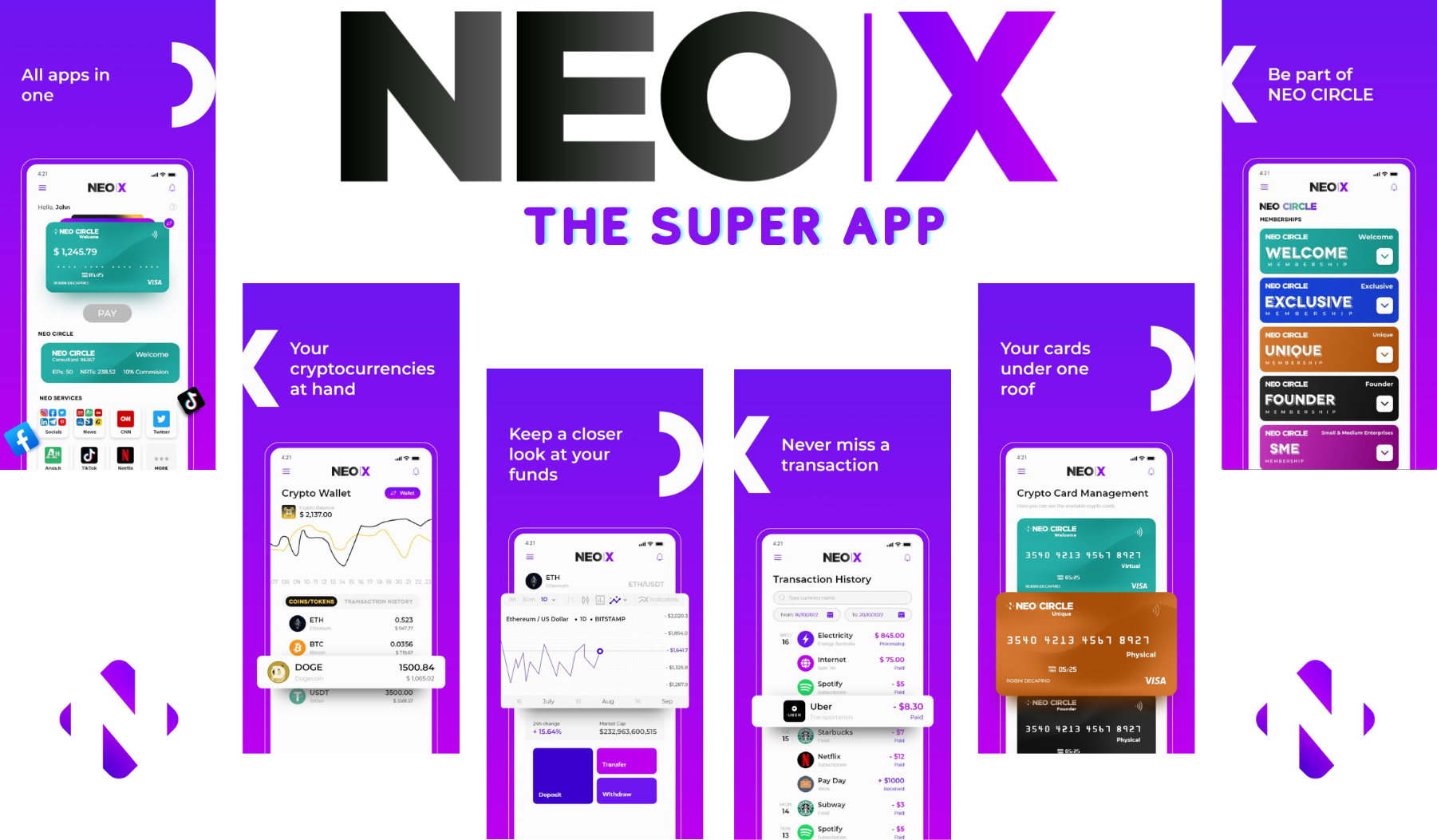[ad_1] Homeownership is undoubtedly the most significant driver of generational wealth in America. Local lenders must be empowered to harness their data However, faced with further economic uncertainty, it is now far from guaranteed for the current generation of homebuyers. Millennials make up the largest home-buying demographic, but account for the lowest homeownership rate of …
How mortgage lenders can unlock data and help bridge the housing gap

[ad_1]
Homeownership is undoubtedly the most significant driver of generational wealth in America.

Local lenders must be empowered to harness their data
However, faced with further economic uncertainty, it is now far from guaranteed for the current generation of homebuyers. Millennials make up the largest home-buying demographic, but account for the lowest homeownership rate of any generation.
There’s still a hangover from the financial crisis of the late 2000s and mortgage credit remains tight, and now a borrower’s credit score is one of their largest barriers to securing a home loan.
A large number of Americans are considered “credit invisible”, meaning their credit file is thin or non-existent. If lenders stay reliant on the same data risk assessments used 20 years ago, borrowers’ chances of being denied a mortgage will only increase.
Expanding the credit box in defence of the underbanked
While housing supply is beginning to increase again in the face of higher mortgage rates, competition for housing remains intense. Quick access to capital is a bigger priority for buyers than it ever has been—yet, in 2020, 70% of approved mortgages went to borrowers with credit scores of at least 760. This trend continues to lock more people out of the market, particularly younger, first-time buyers who traditionally have low to no credit score, despite having solid income and payments history.
In this environment, it’s critical we expand the definition of risk-worthy credit to evaluate other factors highly correlated with the ability to repay, which may sit outside of the traditional credit scoring methodology. For example, an individual or a family with consistent, year-over-year income and labour force attachment, along with demonstrated on-time rent payments and a low debt burden, should be more strongly considered.
Small to midsize lenders originate over 40% of all US home loans, and community banks are the only banking presence in one in five US counties according to Brookings, providing millions of people access to essential financial services. By leveraging their own assets, these local lenders have the power to create more inclusive loan products than large competitors. These offerings can meet a wider range of borrower requirements, better reflect the needs of local communities and reach underserved parts of the market.
Local lenders also tend to provide a wide range of loans specifically suited to niche demographics, such as military and rural populations. Willamette Valley Bank, for example, offers FHA, USDA and VA loans, as well as other specialty “portfolio” loans. Offering specialised mortgages means these local lenders tend to approve more borrowers than their larger competitors, even for applicants with less-than-perfect credit.
Data from the Home Mortgage Disclosure Act (HMDA) shows small banks denied mortgage applications at less than half the rate of large banks (7.4% vs. 17.2%). Of those applications, only 2.6% were denied based on credit, again representing less than half the rate (5.7%) at large banks.
Empowering local lenders
The rate of US homeownership has regularly been under pressure since the Boomer generation first entered the market, and is set to decline even further by 2040, according to the Urban Institute. This will only exacerbate existing wealth inequities in the market for those homebuyers already facing significant barriers to access.
Local lenders have the relationships, financial flexibility and data to not only unlock, but transform market access for a wider range of borrower needs. By leveraging their own data insights paired with long-standing customer relationships, local lenders can establish a better understanding of borrower profiles and financial realities.
Yet, 32% of small to midsize lenders say rectifying borrower data inaccuracies, inconsistencies and duplicates is one of the biggest challenges they face this year. Harnessing this knowledge correctly will enable lenders to then build better, more creative and inclusive mortgage products and serve a whole new segment of the market.
It is also important for lenders to identify the parts of their existing mortgage process that are creating rather than removing barriers for borrowers. For example, lower income borrowers may have more complex income sources from multiple jobs, including 1099 income.
Technology can support aggregating and consolidating a borrower’s complete income picture before the loan is submitted to underwriting. By leveraging their technology, lenders can inject transparency, equity and efficiency into the entire mortgage process.
Likewise, better technology can support more robust HMDA reporting, enabling significantly better policymaking in Washington DC. Under the HMDA, mortgage lenders are required to publicly disclose loan-level information about mortgages. However, since being enacted in 1975, HMDA-related questions have elicited low response rates, as many borrowers don’t trust their answers will be treated fairly or may increase their chances of being denied a loan. Without access to these valuable data insights, policy decisions are made on more limited data sets, which may not provide a full picture of the market.
From lower closing costs to reframed credit expectations, local lenders are removing common barriers to access. However, to help further improve the pathway to homeownership for underserved communities across the country, local lenders must be empowered to harness their data and expand their reach to establish trusted relationships with more diverse groups of home buyers.
[ad_2]
Source link
In a constantly evolving world, where cryptocurrencies, decentralized finance and metaverse are creating new scenarios and opportunities, MY NEO GROUP is your guide in the digital transition.
Our Mission is to give you a pool of strategic assets to be the protagonist and earn together with US in the New Economy.
For more info:
Company – https://www.myneogroup.com
Community – https://www.myneocircle.com
Token NRT – https://www.myneocredit.com
Banca – https://www.bancaneo.org
Super web-app: https://myneodash.com
Mickael Mosse, CEO & Founder of My NEO Group, Forbes interview: https://forbesbaltics.com/en/search/mickael-mosse









